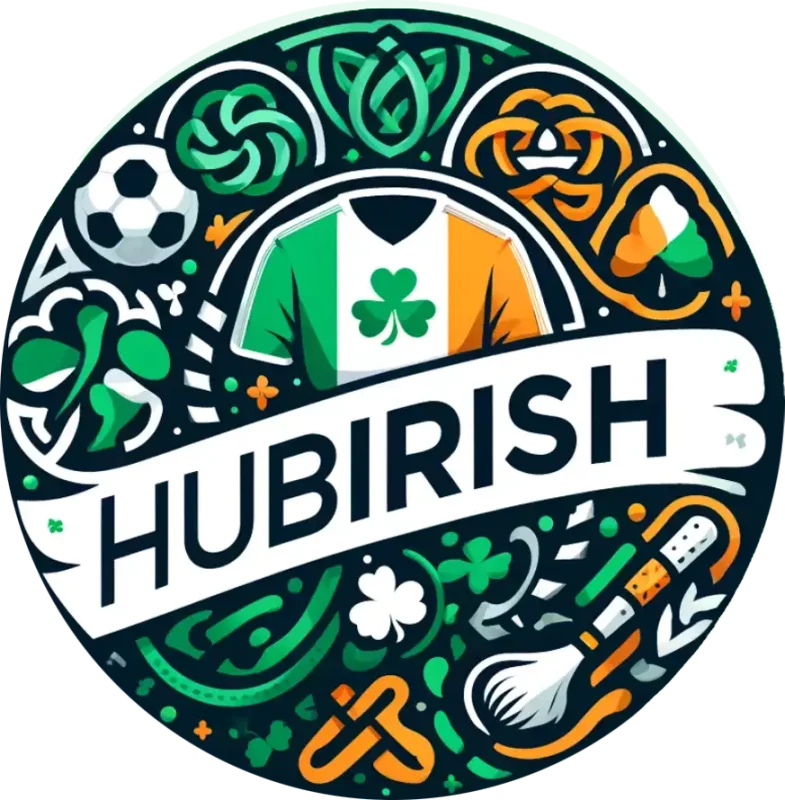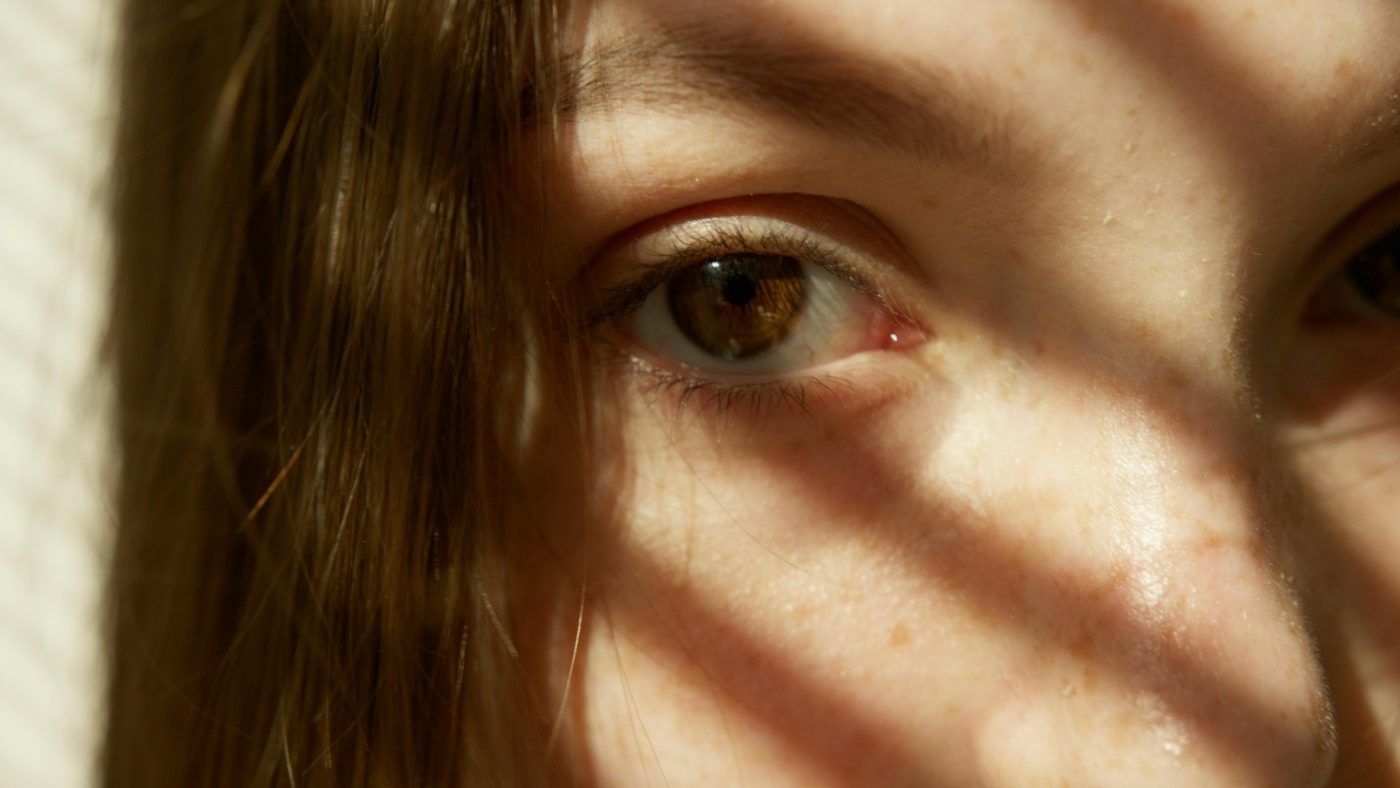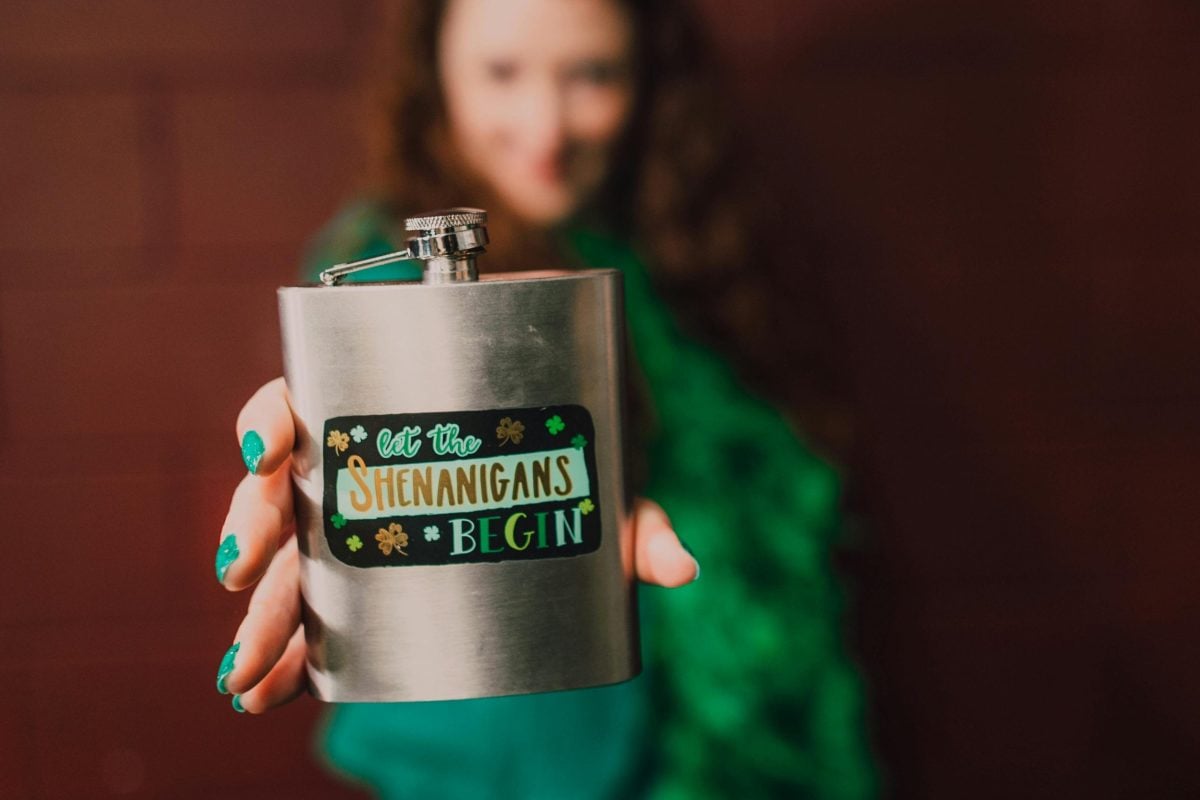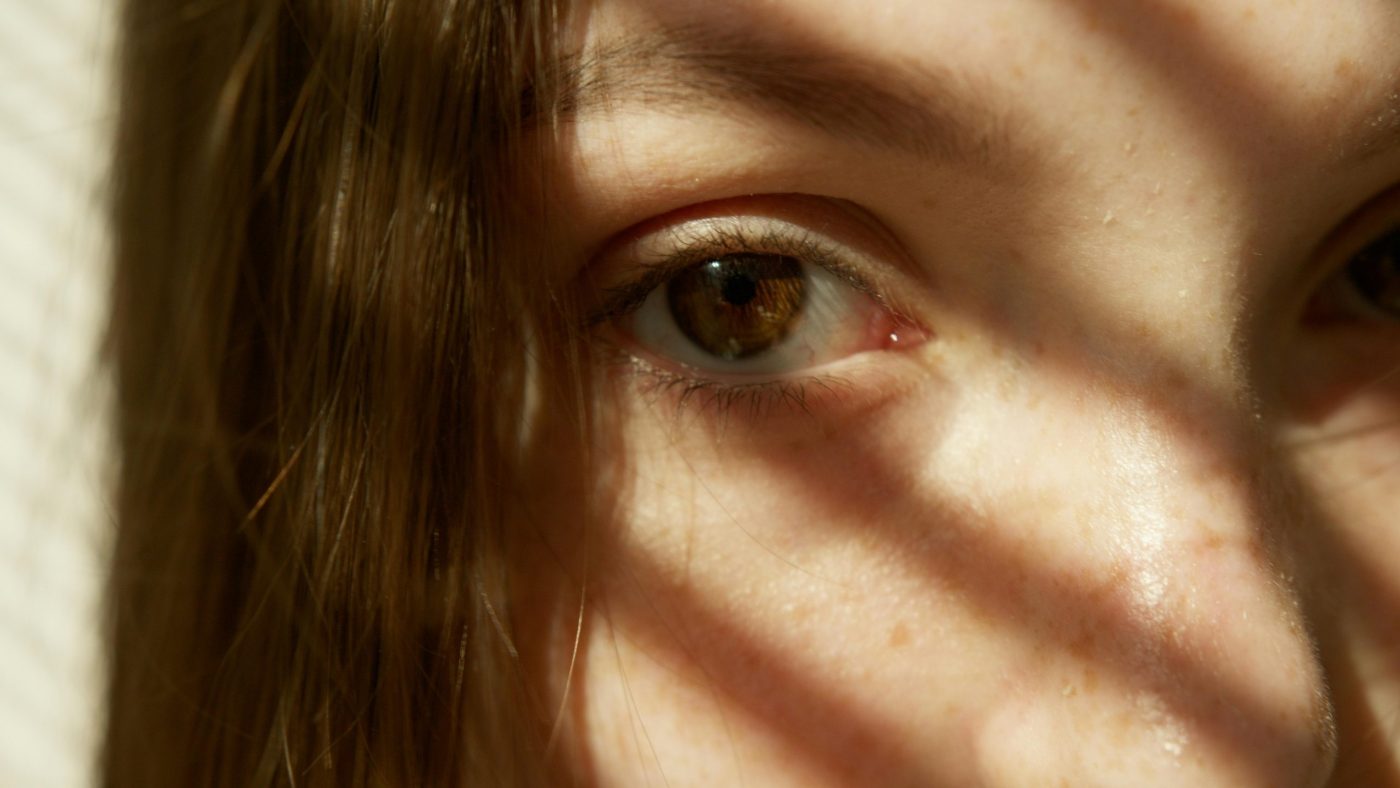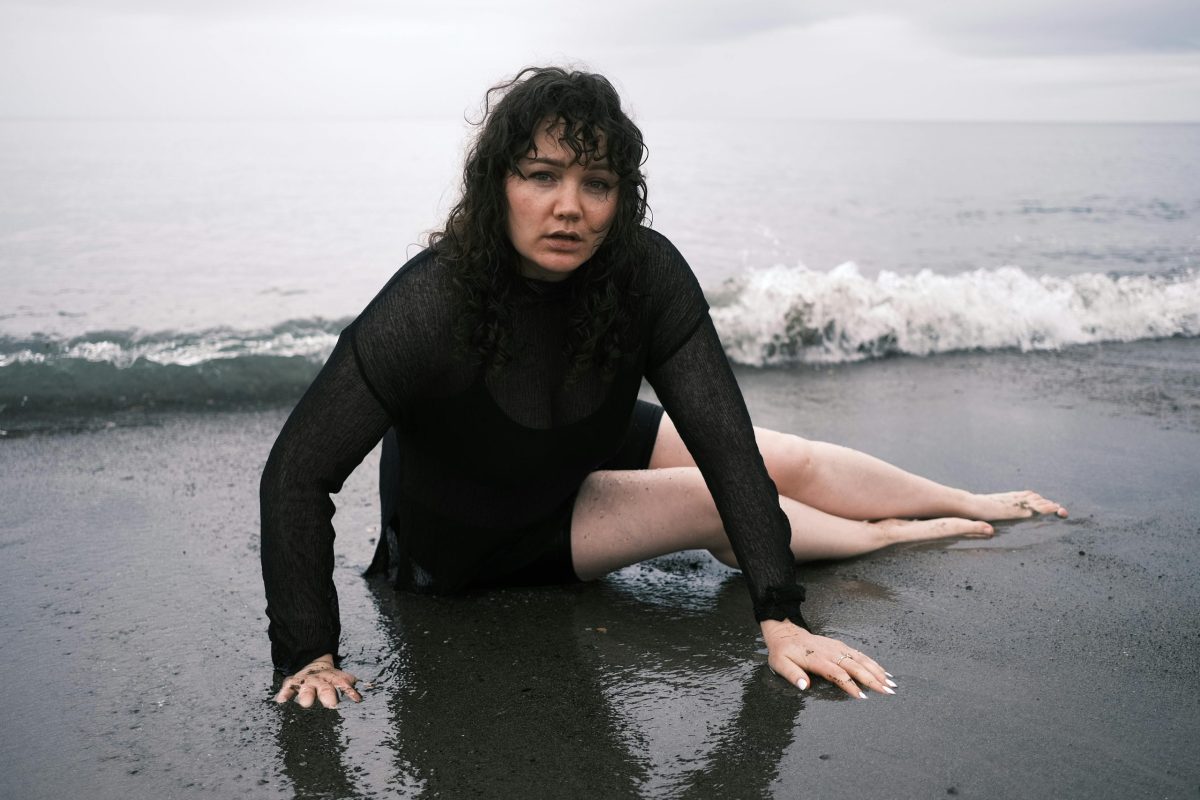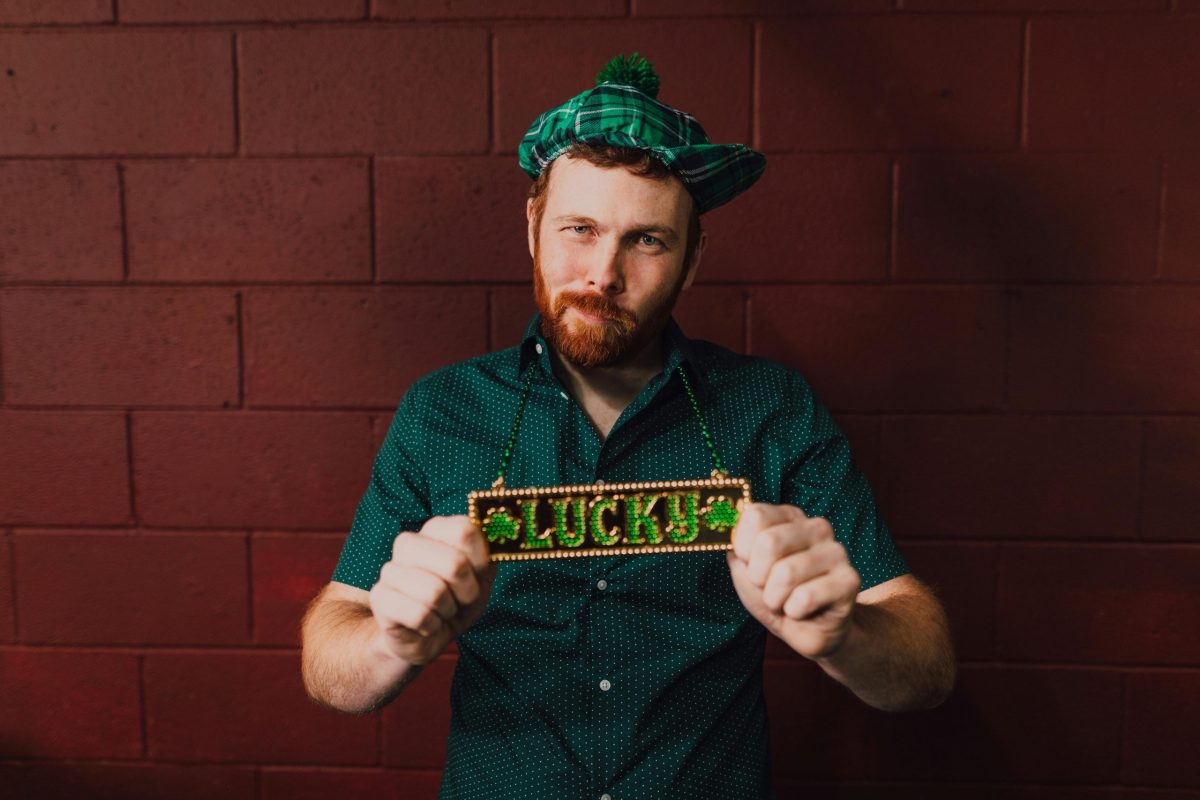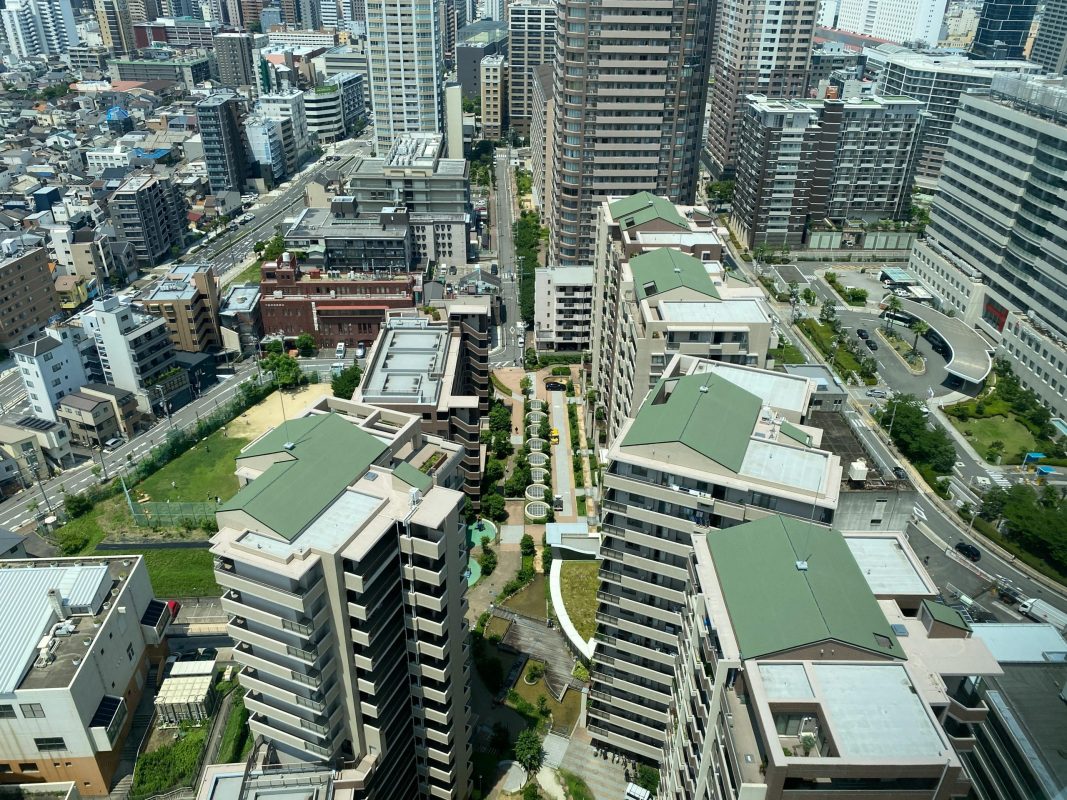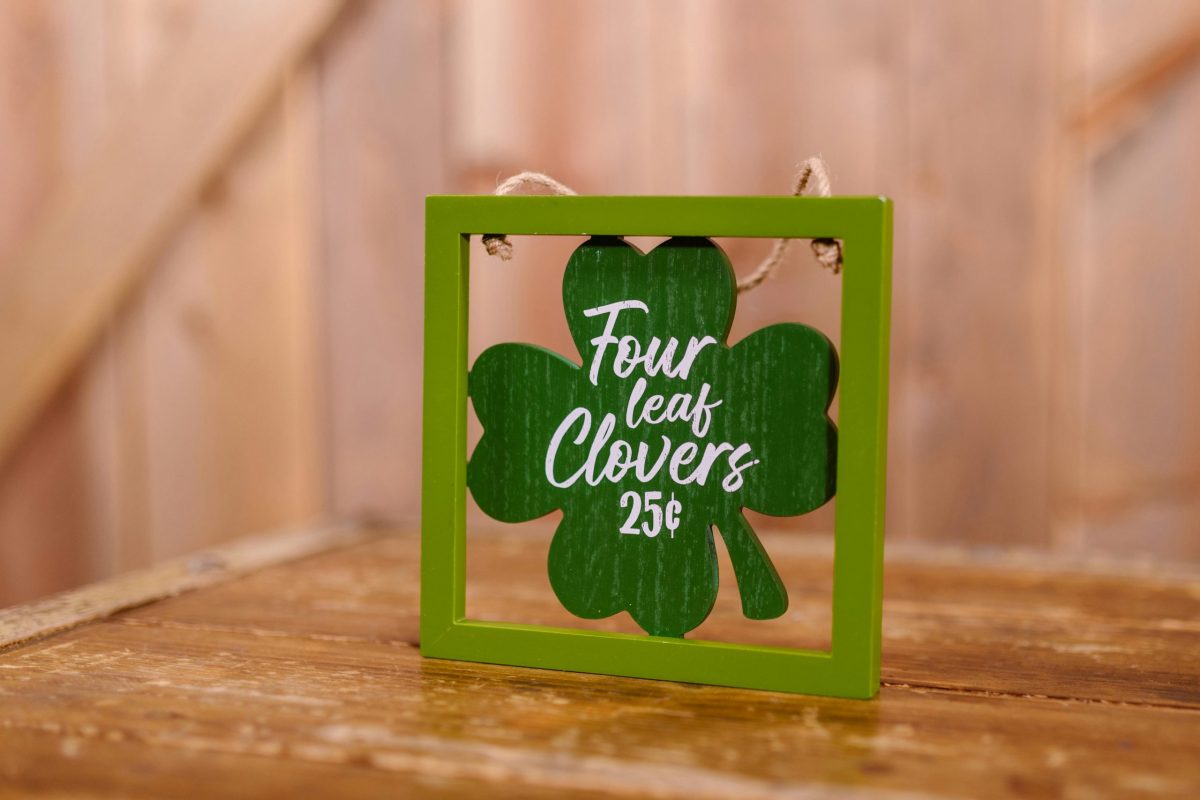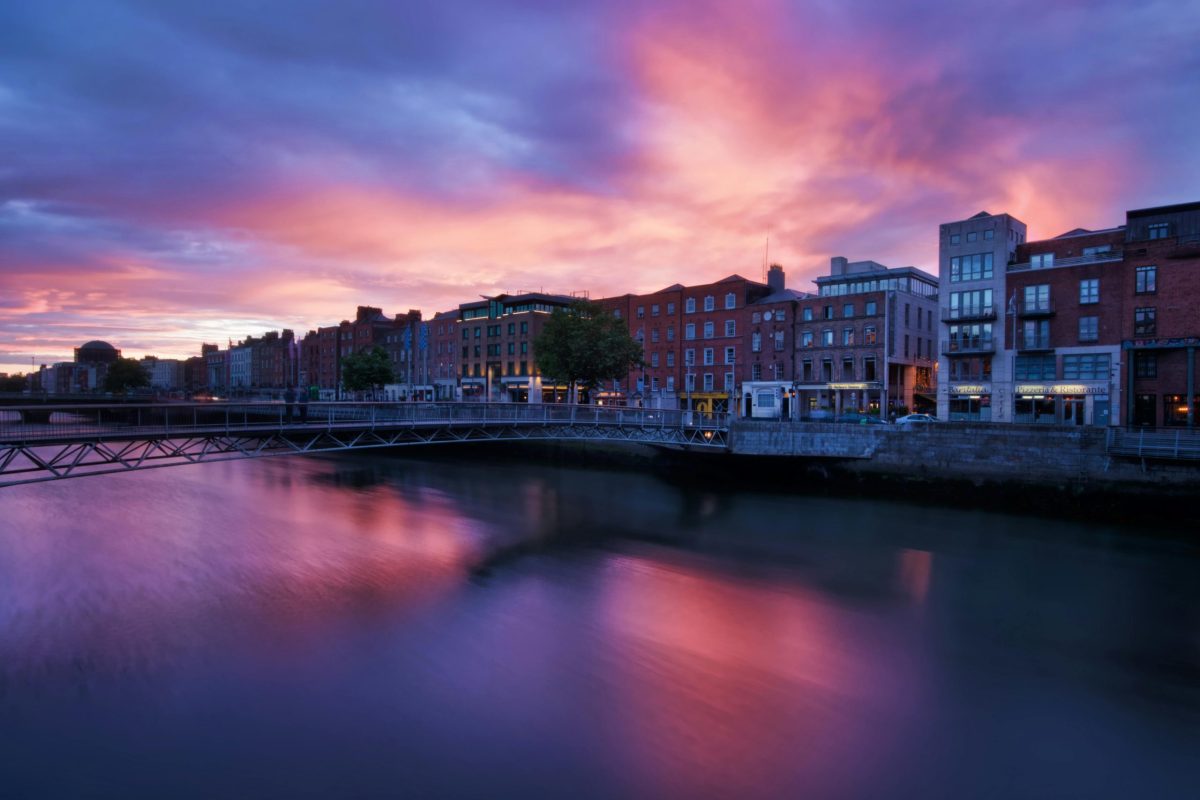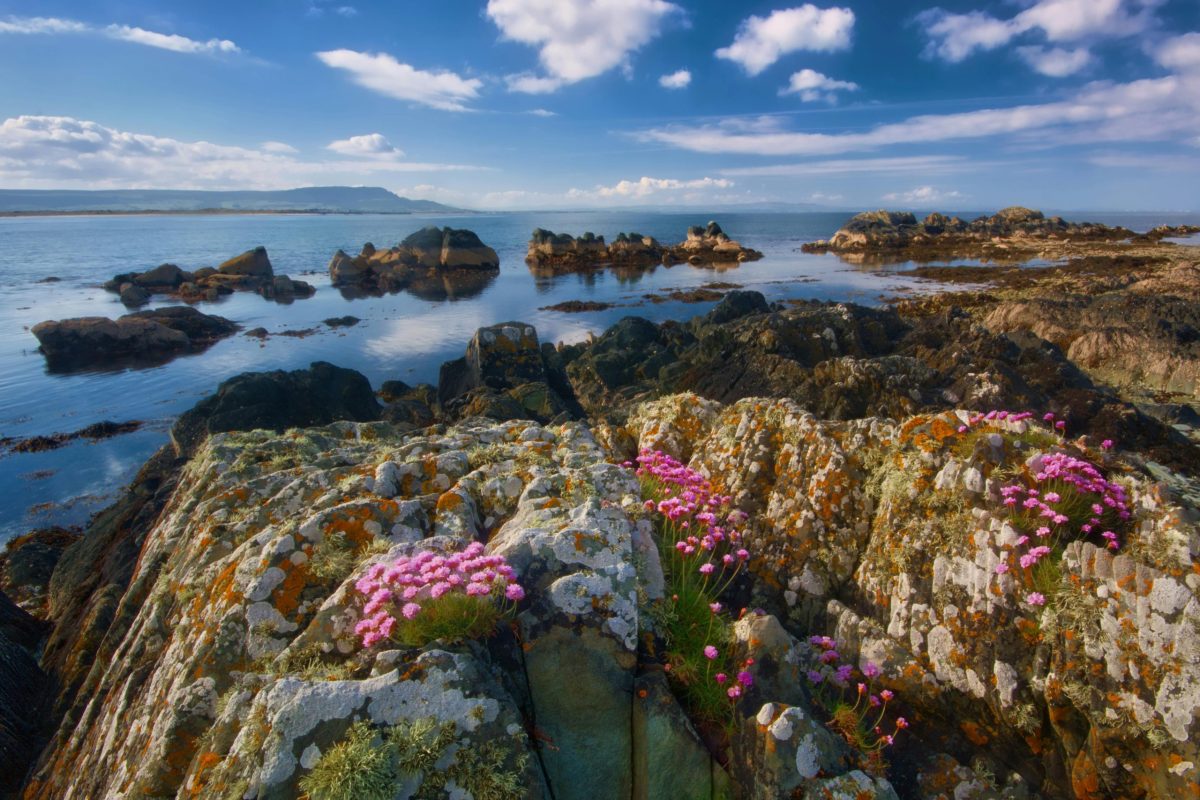The Night Ireland Tried to Change the World and Nearly Burned Down the GPO
Estimated reading time: 5 minutes
- A bold declaration of independence was made at the GPO.
- The chaos of 1916 turned Dublin into a battleground.
- The GPO nearly succumbed to flames during the uprising.
- Legacy of the 1916 Rising continues to shape Irish identity.
- Learn more about memorable jerseys that honor this history.
Table of Contents:
- A Bold Declaration
- The Chaos of 1916
- The Fire that Nearly Consumed the Nation
- Legacy and the Fight for Independence
- Did You Know?
- In the Hearth of Memory
- FAQ
A Bold Declaration
The Proclamation of the Irish Republic was read aloud by Patrick Pearse that fateful morning, his eloquence mingling with the sweet smell of gunpowder in the air. This was a declaration not without consequence. “Irish men and women,” he declared, “the Republic guarantees religious and civil liberty, equal rights and equal opportunities to all its citizens.” A sentiment echoing through the ages, it was a promise that sought to envelop every corner of society, yet it ignited a fire that would consume much more than idealism—specifically, the GPO.
The Chaos of 1916
To say things quickly escalated would be an understatement. What began as a fervent assertion of freedom morphed into an all-out war, pitting the rebels against British forces who were swift to retaliate. The week that ensued saw Dublin transformed into a battleground; the very streets that had borne witness to laughter, music, and tales of old were now stained with blood. The GPO became the rebels’ makeshift headquarters, a refuge for those willing to stand against an empire.
As shots rang out and buildings crumbled, so too did any semblance of decorum. Stories abound of how the rebels began to wed the cause of revolution with a fair bit of good old-fashioned revelry. Familiar names of the GAA hallowed halls, like those of future heroes, were echoing around the GPO, nigh on intoxicating the minds of the men and women fighting for their homes and hearths.
The Fire that Nearly Consumed the Nation
But here’s the kicker, my friends: in the midst of this grand spectacle, the rebels themselves nearly set fire to their own revolutionary heart. Amidst the fighting, the GPO caught fire. Imagine a bar, full of raucous laughter, suddenly threatened with a blaze—the grim irony! It served as a tangible reminder of what a reckless pursuit of a righteous cause might incur. Many wondered: could it be the dreams of Ireland that went up in smoke that day?
Yet, even as flames danced around the GPO, engulfing the very spirit of the moment, they symbolized the burning passion of an entire nation, a fire that would not extinguish with merely sparks.
Legacy and the Fight for Independence
For many, the sacrifices made during those tumultuous days have transformed into something even grander—a mythos that encompasses love, loss, and resilience. Heroes and heroines like Countess Markievicz, James Connolly, and Pearse himself are immortalized not just in history books but in the beating heart of every Irish person.
But the GPO was not just a passive bystander in this historical dance. It became a bastion of pride and suffering, where laughter mingled with cries for justice. It’s a place where ordinary folk stood shoulder to shoulder with the legendary figures of the time, unified in purpose, if only for a fleeting moment.
The images of valiant uprisings and desperate defenses of one’s home continue to ripple through the decades. These stories have infused the very fabric of Irish culture—how we tell tales over pints, how we light candles for ancestors, and how we wear our county jerseys with pride. Indeed, our sporting endeavors are echoes of that same revolutionary spirit. Whether you’re donning a Tipperary commemoration jersey or a 2023 goalkeeper jersey, each stitch carries whispers of our history.
Did You Know?
- The GPO was chosen as the site for the 1916 Rising because of its significance as a symbol of Irish nationalism and the postal service, a vital connection to the public.
- After the Rising, many locals were shocked to find the GPO in ruins, a poignant reminder of the price of freedom.
- James Connolly, a leading figure in the Easter Rising, was actually badly injured earlier in the fighting, and he continued to lead from his makeshift bed, showcasing an indomitable spirit.
In the Hearth of Memory
As the smoke cleared and the dust settled, a mournful silence befallen Dublin, already a city of ghosts. What remained was both a physical and spiritual imprint; and from the ashes of the GPO, the struggle for independence took a more resolute form. The GPO became a symbol of loss, yet it also fostered a renewed determination among the Irish people—the resilience to stand tall in the face of adversity, forging a path towards the Republic envisioned on that fateful Easter Monday.
And so, here we are, a century and more down the road, our laughter might still mingle with the ghosts of those brave souls. As we raise our glasses, don our jerseys, and recount the past, we remember that night—when Ireland tried to change the world, nearly burned down its own heart, but in doing so, lit a fire in the souls of its people that burns brighter than ever.
So next time you sit in a pub, old mates swapping tales of love, loss, and sport, lift your glass and know the stories don’t end—they ebb and flow, just as rebellious as the tides, and as timeless as the echoes from those walls of the GPO.
FAQ
Where can I find a retro Ireland jersey?
You can grab the 1990 Ireland soccer jersey for a proper throwback to Italia ’90.
Is there a jersey for the 1916 Rising?
Yes — we have a powerful Tipperary 1920 commemoration jersey that honors the day GAA became history.
After all, there’s no story too grand or too poetic for the Irish spirit; whether on the battlefield, at the local GAA pitch, or simply sharing a pint with friends. The heart beats on, and with every stitch of a jersey and every heartbeat of a story, we continue to forge our vibrant narrative of endurance, pride, and unity. So, tap into your heritage, wear it loud and proud, and keep our legacy alive. For the tales of old are not merely stories, they’re the lifeblood of our continued journey.
